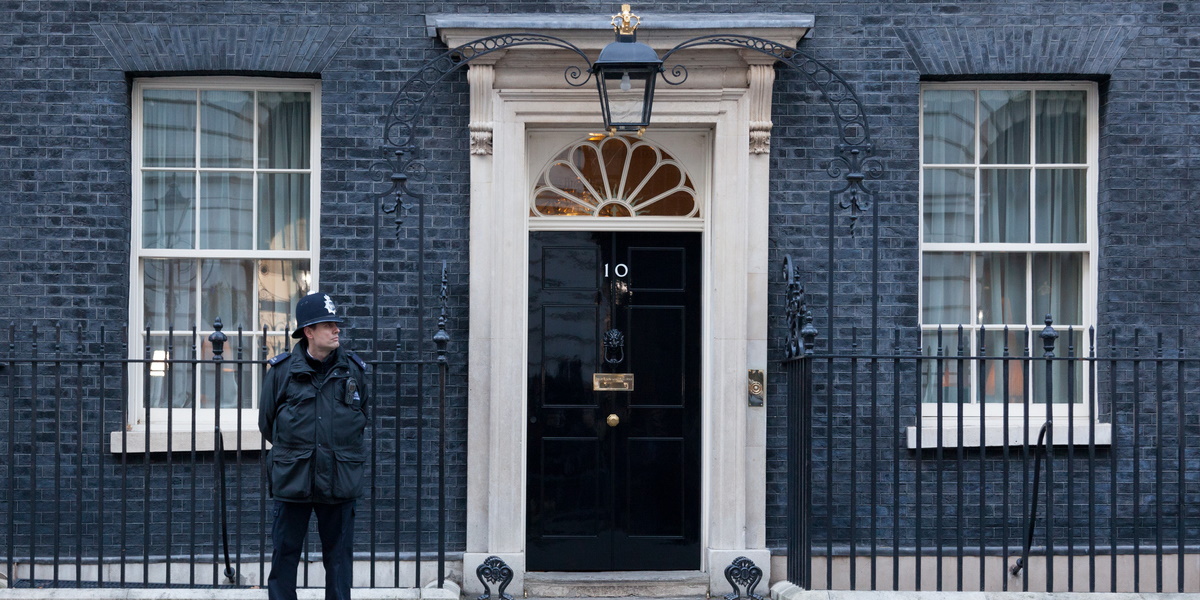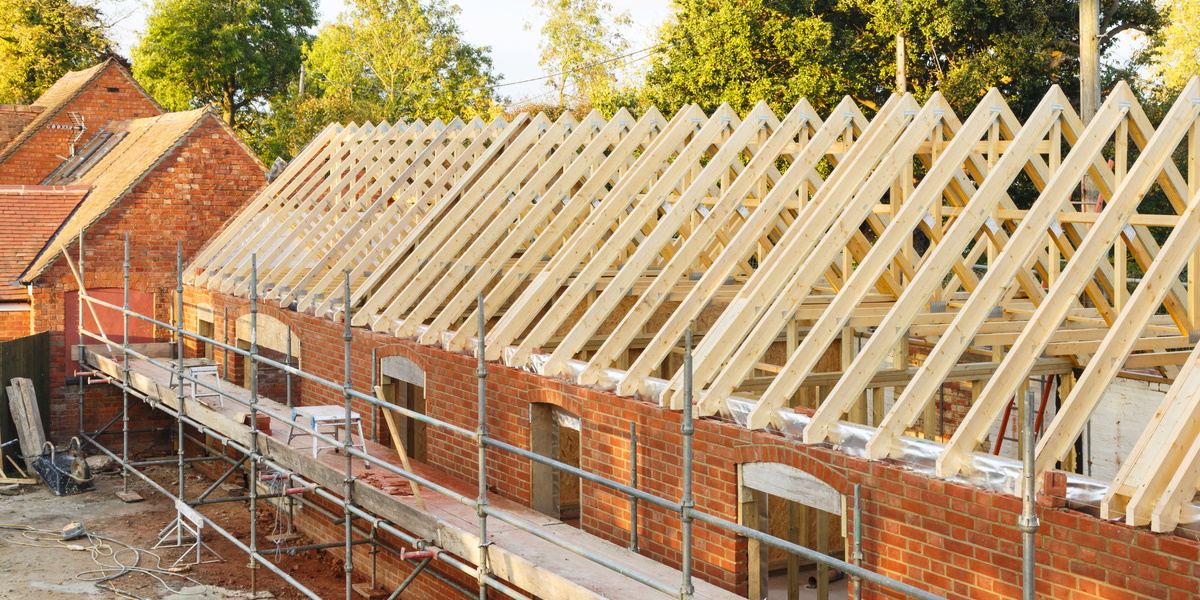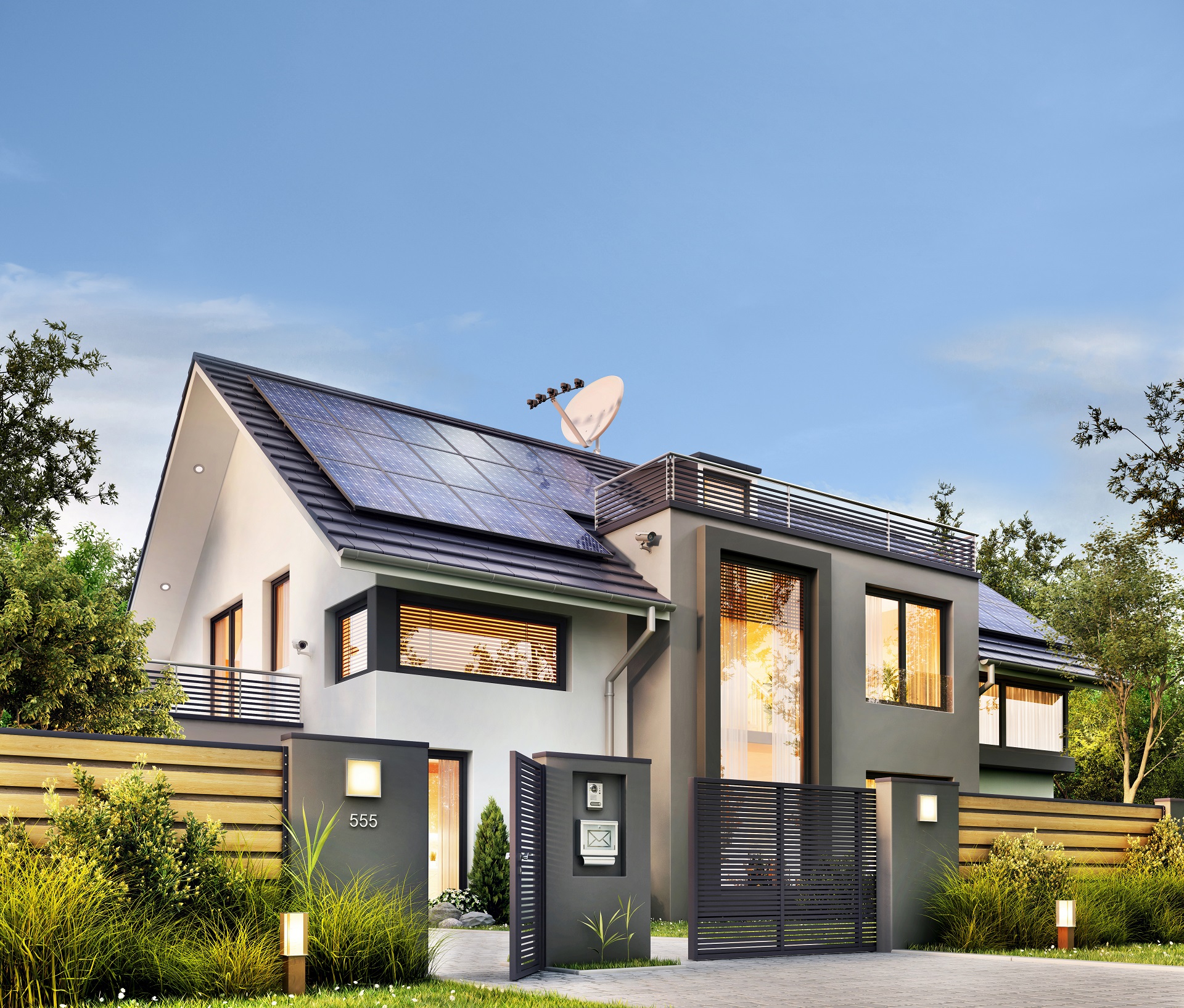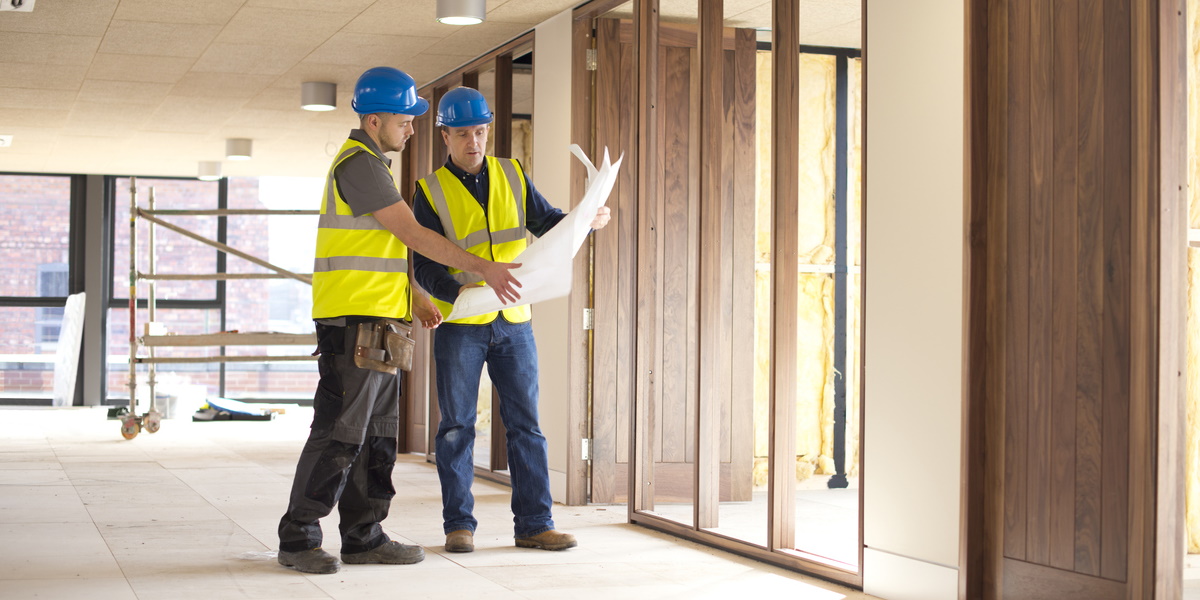
07/09/2022
Will the energy crisis be a catalyst for greener development?
Top of Liz Truss’s daunting Prime Ministerial in-tray is the energy crisis, and Number 10 is tomorrow due to announce a huge support package to help the millions of households facing an 80% spike in their energy bills next month.
The Government intervention is expected to focus on the energy price cap, which limits the amount energy suppliers can charge customers. From 1st October the cap is currently due to increase dramatically, meaning the typical household’s energy bill would jump from its current level of £1,971 a year to £3,549.
The respected energy consultancy Cornwall Insight predicts that annual bills could soar to £5,386 a year from January, before climbing even higher during 2023.
Such surging energy bills have dominated headlines and concentrated the minds of homebuyers, developers and the development finance community.
“Energy efficiency has been steadily rising up buyer wishlists for a number of years, but the energy crisis has turbocharged its importance,” notes Jonathan Hopper, CEO of Britain’s largest independent buying agent, Garrington Property Finders.
“For many buyers, particularly downsizers, knowing the ongoing cost of heating a home has become a central part of their decision-making process. So much so that we now frequently receive briefs from clients that specify that the three things they want most from a property are the right location, the right price and the right EPC rating.
“The sheer cost of heating a home means that for certain buyers, energy efficiency has morphed from a ‘nice to have’ into a must-have.”
The issue isn’t just limited to the older generation, who typically spend the most time at home and thus need to keep the heating on for longer. With many professionals now working from home at least part of the week, demand for energy-efficient homes is rising among younger buyers too.
On the development front-line, Atelier has already seen several astute developers give themselves a market advantage by adapting to the increased interest in ultra-energy-efficient homes.
Take for example the scheme of eight townhouses being built by the developer Placemakers London on a brownfield site in Crystal Palace, Southeast London.
Each house uses an energy-saving air-to-water heating system in lieu of a conventional gas boiler. The homes boast the latest insulation technology and are also fitted with solar panels and a rainwater recycling system, which collects runoff from the roof to flush toilets.
For development director Ken Drumm, such energy-efficient design isn’t a novelty or an indulgence – it’s pragmatic “future-proofing” for buyers who want to keep their energy consumption down.
The design, which meets the targets set by the Royal Institute of British Architects’ 2030 Climate Challenge, should ensure each home has an energy running cost 75% lower than that of a similar-sized property fitted with a gas boiler and built to current Building Regulations.
Under the October energy price cap, that efficiency advantage would deliver a saving of £2,660 a year. Under the January price cap forecast, the annual saving versus a conventional home would surge to an incredible £4,040 a year.
Building a home to Placemakers’ high standards, and using the most energy-efficient materials, still costs more than conventional construction. But we are determined to get more such homes built, and that’s why Atelier has launched the Carbonlite Challenge, a bold green finance initiative that gives developers a unique choice – the greener your design, the cheaper your property development loan.
Developed with help from the RIBA, Carbonlite loans give a significant interest rebate to developers whose schemes pass a series of rigorous energy-efficiency and sustainability tests. As more buyers demand greener homes, we want to make it easier and cheaper for developers to respond.
We’re encouraging other development finance lenders to follow suit too, so that together we can make it more practical for developers to build many more energy-efficient homes.
Atelier recently formed a Green Finance marketplace with five other development finance lenders and, with support from Development Finance Today, we want to make it much easier for developers to find out about, and access, green finance solutions for their developments.
The existential threat posed by Climate Change meant that building greener homes was the right thing to do even before this year’s energy crisis. That logic is now truer than ever.
With Britain facing the prospect of high energy prices for months or even years to come, the importance of better insulation and energy efficiency is here to stay – and we should all heed the wake-up call of 2022.
The Government’s support package will offer some temporary respite from soaring energy bills, but it shouldn’t distract us from the urgent need to change the way we build homes. The energy crisis can leave a positive legacy if we make it the catalyst for greener development finance and greener, more efficient homes.









